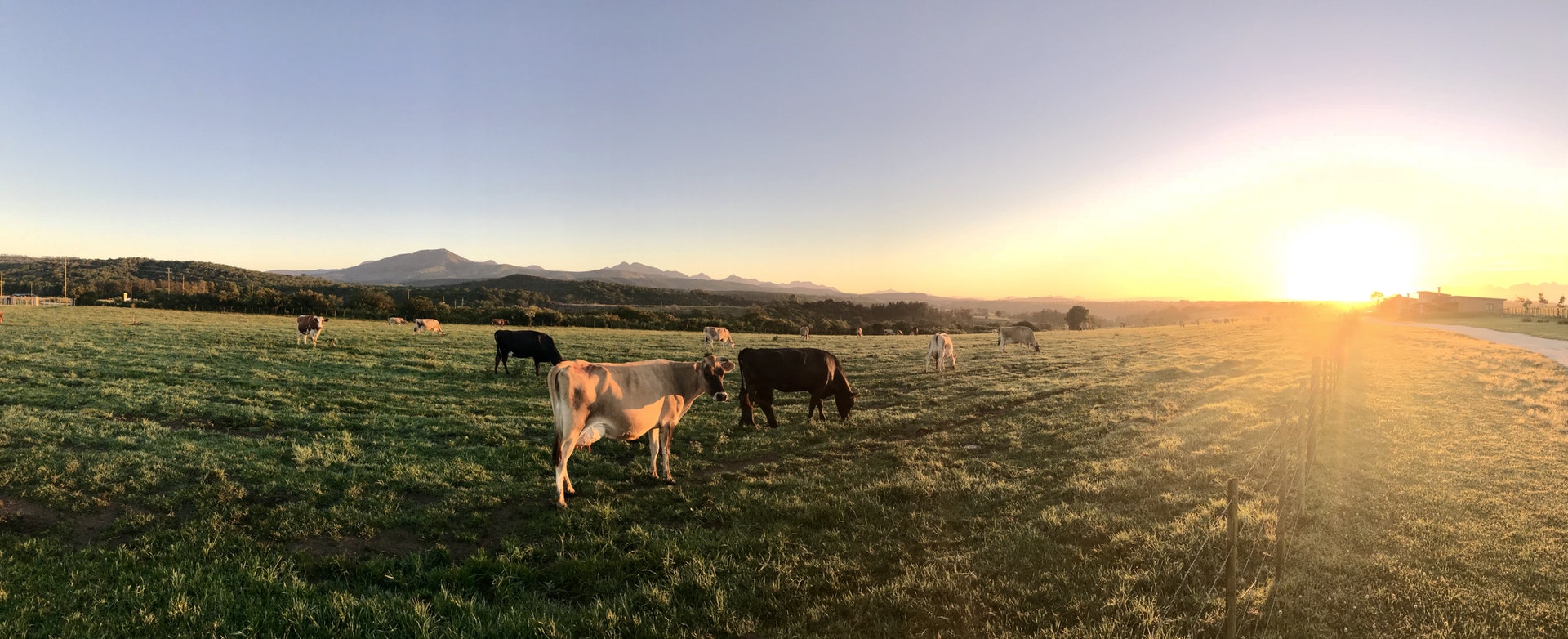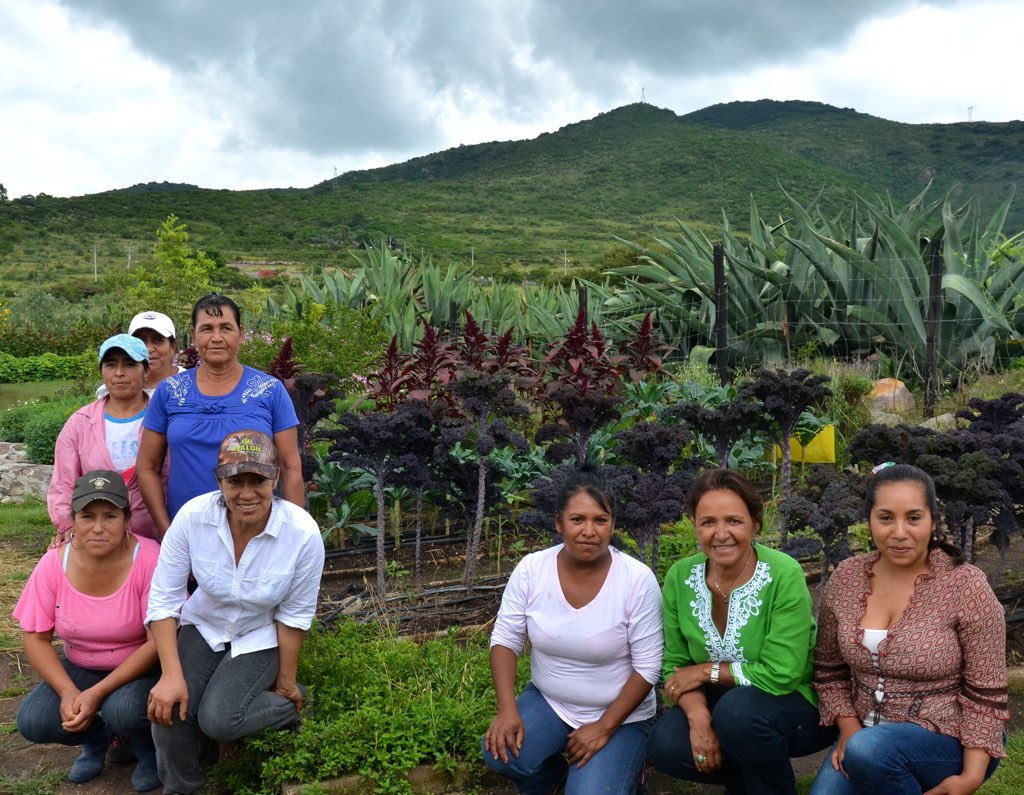Women and Immigrant farmers, Environmentalists, Soil Scientists, Advocates and Food Security Experts Join Forces to Accelerate Action at UN Climate Change Conference (COP 24)
Katowice, Poland, December 10, 2018 – Today, Biovision, IFOAM-Organics International, Organic Consumers Association (OCA), Regeneration International and Shumei International announced their side event, Speed Up the Cool Down: Scaling Up Regenerative Solutions to Climate Change, at the UN Climate Change Conference (COP 24) in Katowice, Poland on Wednesday, 12 December 2018 at 11:30-13:00 GMT. The delegation from Australia, India, Mexico, Switzerland, the United States, Zambia and Zimbabwe will travel to Katowice to join thousands of advocates, non-profits, soil scientists and environmentalists to push for action and solutions to drastically reduce carbon dioxide in the atmosphere to reverse climate change. They are part of a growing movement that aims to draw down carbon into the soil through regenerative agriculture and land management.
“According to a peer reviewed study in Nature, the last time the world had 400ppm of CO2 the temperatures were 16C (38F) and the sea levels were 20 to 60 meters higher,” said André Leu, International Director of Regeneration International, one of the co-organizers and a leading voice in the movement. “We have to draw down the excess CO2 with regenerative agriculture to avoid catastrophic climate change,” he added.
The “Speed Up the Cool Down” side event is focused on showcasing concrete “shovel-ready” solutions and frameworks to accelerate carbon sequestration, food sovereignty and biodiversity preservation. Speakers will present on global efforts being made to scale up agroecology, consumer campaigns, true cost accounting and policy change to create resilient communities and ecosystems.
“This year, it is necessary to build a solid framework that fosters adaptive capacity and resilience and contributes to the equitable achievement of the Paris Agreements 1.5C goal,” said Gabor Figezcky, Head of Global Policy at IFOAM – Organics International. “It is also important to safeguard key elements from the Paris Agreement preamble, namely food security, human rights, including the rights of indigenous communities, gender equality, and ecosystem integrity. Transforming our food systems is a key component to address climate change,” he added.
Speakers include: Barbara Hachipuka Banda, Founder/Director, Natural Agriculture Development Program Zambia; Hans Herren, President, Biovision, Switzerland; André Leu, International Director, Regeneration International, Australia; Mercedes López Martinez, Director, Vía Orgánica, Mexico; Shamika Mone, Treasurer and Managing Committee member of Organic Farming Association of India (OFAI); and Precious Phiri, Founding Director, EarthWisdom Consulting Co., Zimbabwe.
“Right now there are thousands of small-scale women farmers in rural Zambia working to scale up agroecology programs that support self-sufficiency, resilience, land preservation and biodiversity to avoid crop failures, hunger and forced migration caused by climate change,” said Barbara Hachipuka Banda, Founder of the Natural Agriculture Development Program Zambia. “However, we need everyone to play their part in transforming the agricultural system because we are all interconnected, and we are faster and stronger together.”
For more information on the UN Side Event, please visit: https://bit.ly/2B8z7DX
###
About Biovision
Since 1998, Biovision Foundation has been promoting the development, dissemination and application of sustainable ecological agricultural practices, allowing people in the developing world to help themselves. Key is our holistic approach: The health of people, animals, plants and the environment are central aims in all our projects. Focusing on our key priority of Food security and sustainable agriculture, Biovision is contributing to the implementation of Agenda 2030 both globally and nationally; it takes as its point of reference SDG 2 “Zero Hunger”. Biovision Foundation is a charitable organisation in Switzerland. In 2013, Biovision and its founder Hans Rudolf Herren won the Right Livelihood Award, also known as the Alternative Nobel Prize. For more information, visit www.biovision.ch.
About IFOAM-Organics International
Since 1972, IFOAM- Organics International has occupied the unchallenged position as the only international umbrella organization in the organic world, uniting an enormous diversity of stakeholders contributing to the organic vision. As agents of change, their vision is the board adaption of truly sustainable agriculture, value chains and consumption in line with the principles of organic agriculture. At the heart of IFOAM- Organics International are about 800 affiliates in more than 100 countries. For more information, visit www.ifoam.bio.
About Regeneration International
Regeneration International, is an international non-governmental organization that promotes, facilitates and accelerates the global transition to regenerative food, farming and land management for the purpose of restoring climate stability, ending world hunger and rebuilding deteriorated social, ecological and economic systems. For more information, visit www.regenerationinternational.org.
About Shumei International
Shumei International, headquartered in Japan, is an international non-governmental organization dedicated to working toward the betterment of the human community. Shumei has programs around the world that foster a way of life that is in harmony with nature through Natural Agriculture, the appreciation of art and beauty, and a balance between inner and outer development. For more information, visit www.shumei-international.org.









